START TYPING TO SEE PRODUCTS YOU ARE LOOKING FOR.
0
Your shopping cart is empty.

Common Issues - First Gen (2011-2014)
Common Issues - 2nd Gen (2015-2019)
Common Issues - 3rd Gen (2020+)
How to Upgrade Performance Parts
Today’s powertrain of choice in Ford Super Duty trucks and cab chassis trucks is the 6.7 L V-8 Power Stroke engine. One of the most powerful and capable engines being manufactured, it can provide tremendous performance and towing capabilities. What makes this engine so great, and why do so many love it?
Debuting in 2011, Super Duty trucks (F-250 through F-550), the 6.7 L replaced the problematic 6.4 L Power Stroke and was the first Power Stroke developed and manufactured by Ford, designed in conjunction with AVL of Austria. It has remained a staple of Ford Super Duty trucks for more than a decade, though it has gone through a number of changes.
The engine is a diesel, 90-degree 8-cylinder engine, featuring an Overhead Valve (OHV) design. It provides both durability and performance while still being significantly quieter than previous Ford diesel engines.
Due to the exhaust manifold and turbocharger being mounted in the engine’s valley, it was code-named “Scorpion” during its development. The engine featured a block made from compacted graphite iron, giving it greater strength at a reduced weight, as well as reverse flow aluminum cylinder heads with dual water jackets, six head bolts per cylinder, and a 29,000 psi high-pressure common rail Bosch system. Up to five injection events per cycle were delivered using eight-hole piezo injectors that sprayed fuel into the piston bowl.

The engine has received structural enhancements over the years. The cylinder head, engine blocks, bearings, and connecting rods provide greater reliability, and the ability to handle extra output and greater cylinder pressures. New steel pistons are used for higher firing pressure and lower friction.
The engine supports B20 biodiesel, meaning it can accept 20% biodiesel and 80% petroleum diesel. Emissions controls include a diesel particulate filter (DPF), Denoxtronic-based selective catalytic reduction (SCR) from Bosch, and exhaust gas recirculation. Originally, output was 390 hp and 735 lb-foot, but Ford announced an update to the engine soon after production started. This update brought the engine to 400 hp at 2,800 rpm and 800 lb-foot at 1,600 rpm, while providing better fuel economy.
The 2021 Ford Pickup trucks with the 6.7 L Power Stroke reached an output of 475 hp at 2,600 rpm and 1,050 lb-feet at 1,600 rpm, making it the best-in-class diesel in horsepower. Previously, these numbers had only been attainable with diesel tuning and other diesel performance modifications. The lightweight body and weight-saving engine design also result in excellent fuel economy.
Third-generation Power Stroke engines use a new fuel injection system with new injectors that reduce noise and improve combustion, offering up to 8 injection events per stroke and a more precise fuel spray.

Key Specs:
450HP
935 lb-ft torque
TorqShift heavy-duty 6-speed SelectShift automatic transmission
4x2 or 4x4 drive system
35,000 lbs max towing
7,640 lbs max payload
157-amp standards
332-amp dual alternators optional
Stationary elevated idle control
Pressurized series flow cooling system
Aluminum cylinder head
Compacted graphite iron block material
Push rod/ rocker arms valve operation
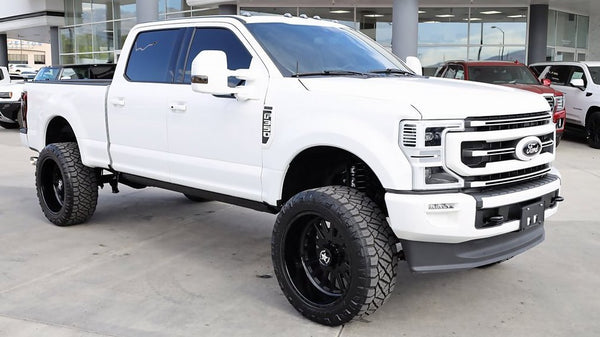
While there is no shortage of love among enthusiasts for the 6.7 L Power Stroke, it has to be said that it is not without its problems. All engines are prone to certain issues, and this is no exception. So what are the most common problems with the 6.7 L Power Stroke?
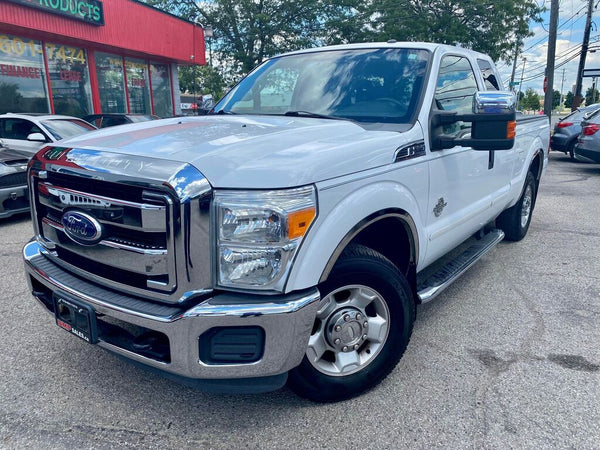
Starting in 2011, Ford produced their own version of the Power Stroke series. Given that it was their first attempt at producing the engine in-house, it is understandable that it is the least reliable version they made. This is entirely normal, however; virtually every first model produced by a company will have some faults.
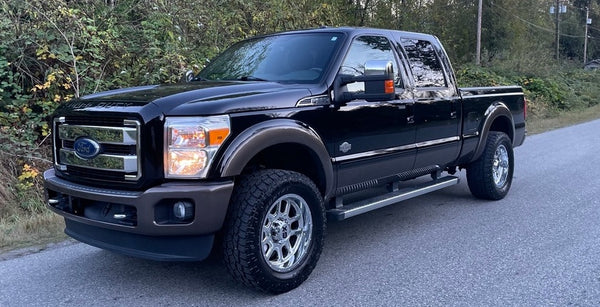
There were some noticeable upgrades to the 2nd gen Power Stroke. Some of these upgrades included:
- IROX coating on the lower main bearing
- Fan clutch update
- Heavier crankshaft damper
- EGR cooler flow
- Turbo updates for additional power and torque
While not a complete list of the updates for the 2nd gen, these are some of the more important ones. Some updates went toward increasing reliability, while others were focused on increasing performance and torque.

Another good update came with 2020’s Power Stroke, improving on previous versions and making it even more reliable. Proper maintenance should get it to 250,000+ miles/ 400,000+ km.
Some of the most common issues with the 6.7 L Power Stroke are related to the exhaust gas sensor (EGT). There are 4 sensors in total, meaning there are several opportunities for failure. Even once replaced, the replacement sensors may simply fail again. The ones most prone to experiencing problems seem to be the middle two, sensors 12 and 13. They are problematic enough that some choose simply to delete the sensors.
Some of the indications that the sensors may be failing include the check engine light, fault codes, and failed transmissions test.
Another one of the most common problems is the EGR cooler clogging, though it is not as common as with the 6.0 L and 6.4 L engines. The design was changed for the 6.7 L engine, but the new design had its own problems such as carbon deposits building up on the EGR cooler core, eventually clogging it completely. Symptoms include overheating, check engine light, and fault code P0401.
This can be an issue of significant concern to some owners. The problem may have been exaggerated, but it is worth knowing about. The pump is a Bosch CP4, known to fail due to metal-on-metal contact within the pump. The biggest concern comes from metal contamination in the fuel system, which can impact several other components. Some owners have been required to replace the bulk of the fuel system when this occurs, but Ford, fortunately, used a new pump with the 3rd gen Power Stroke.
Primarily an issue of the 1st gen engines, failure could occur in the turbo bearings. A suspected cause is that the turbo is too small for the boost and torque requested. This also means that those who mod their 6.7 L for more power could experience this failure even earlier than other owners.
These are just a few of the issues, though perhaps among the more serious. Does this make the 6.7 L Power Stroke a bad engine? No, not at all, as many enthusiastic owners will tell you.

What many owners of the 6.7 L Power Stroke love best about the engine is upgrading it. If you are looking for a way to bring your engine to the next level here are some things you can consider.
Upgrade your turbo to boost your performance and drivability. Your 2011-2014 truck can benefit from this exchange turbo from Garrett, which uses a double-sided compressor wheel to achieve a near two-stage boost from a single package.
FORD 6.7L POWERSTROKE 2011-2016 TURBOCHARGERS UPGRADES
FORD 6.7L POWERSTROKE 2017-2023 TURBOCHARGERS UPGRADES
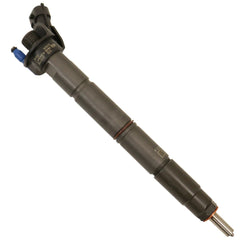

This Venom Ford 2011-2018 dual fuel kit can supply the fuel you need for 1000hp and lets you use the full potential of a larger S400 or S300 turbo. It’s an excellent upgrade if you’re looking for greater fuel flow with less restriction.
FORD 6.7L POWERSTROKE 2011-2016 FUEL SYSTEM UPGRADES
FORD 6.7L POWERSTROKE 2017-2023 FUEL SYSTEM UPGRADES
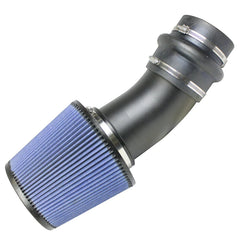
More oxygen to your engine means getting more power out of it. Improving airflow is a great way to increase the performance of your vehicle.
FORD 6.7L POWERSTROKE 2011-2016 AIR INTAKE UPGRADES
FORD 6.7L POWERSTROKE 2017-2023 AIR INTAKE UPGRADES
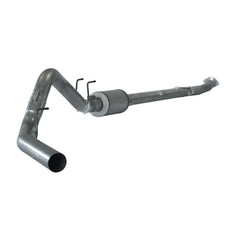
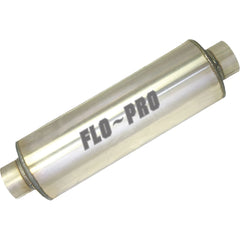
Upgrading your exhaust system provides better volumetric efficiency, allowing your engine to breathe better. You’ll get better performance and improved fuel efficiency. To help with one of the Ford 6.7 L Power Stroke’s common failures, BD has carefully crafted this manifold kit with high-silicon ductile cast iron and 75% thicker walls to retain heat and prevent warping. You’ll experience greater reliability and performance.
FORD 6.7L POWERSTROKE 2011-2016 EXHAUST SYSTEM UPGRADES
FORD 6.7L POWERSTROKE 2017-2023 EXHAUST SYSTEM UPGRADES
Replace your fragile factory intercooler piping with this cold side intercooler pipe kit for your 2011-2016 Ford Power Stroke. Avoid the pipe bursting that can occur due to temperature cycling with this black powder-coated steel charge pipe from BD.
FORD 6.7L POWERSTROKE 2011-2016 INTERCOOLER PIPE UPGRADES
FORD 6.7L POWERSTROKE 2017-2023 INTERCOOLER PIPE UPGRADES
Fans of the Ford 6.7 L Power Stroke know that, despite a few issues, they have a great engine on their hands. With the right replacement performance parts, it can get even better.
|
Engine: |
Ford Motor Company 6.7L Power Stroke diesel V-8 |
|
|
Displacement: |
6.7 liters, 406 CID |
|
|
Production Years: |
2011 to present Ford F-Series Super Duty (F-250/F-350/F-450) |
|
|
Block/Head Material: |
• Compacted graphite iron engine block (CGI) with 6 bolts per main bearing cap |
|
|
Compression Ratio: |
2011 - 2019 |
16.2 : 1 |
|
2020 |
15.8 : 1 |
|
|
Firing Order*: |
1-3-7-2-6-5-4-8 |
|
|
B10 Life: |
500,000 miles (based on 330 hp chassis cab/medium duty variant, not advertised in pickup applications) |
|
|
Bore: |
3.897 inches (99 mm) |
|
|
Stroke: |
4.251 inches (108 mm) |
|
|
Aspiration: |
• Garrett GT32 DualBoost variable geometry single sequential turbocharger, wastegated, 2011 - 2014 MY |
|
|
Injection: |
• Direct injection high pressure common rail (30,000 psi max 2011 - 2019, 36,000 psi 2020+) |
|
|
Valvetrain: |
Conventional pushrod OHV, cam in block, 4 valves per cylinder (32 valve) |
|
|
Cooling System: |
Dual cooling systems; high temperature circuit for engine, low temperature circuit for transmission cooler, CAC, etc |
|
|
Oil Capacity: |
13 quarts w/ filter |
|
|
Oil Requirements: |
• CJ-4 or CJ-4/sm engine oil is required to ensure emissions system compatibility |
|
|
Engine Weight: |
Approx. 1,100 lbs wet, 990 lbs dry |
|
|
Emissions Equipment: |
EGR, DOC, SCR, DPF (see below for comprehensive emissions system information) |
|
|
Peak Horsepower: |
2020 - 2023 Standard Output |
475 hp @ 2,800 rpm |
|
2023 High Output |
500 hp @ 2,800 rpm |
|
|
Peak Torque: |
2020 - 2023 Standard Output |
1,050 lb-ft @ 1,800 rpm |
|
2023 High Output |
1,200 lb-ft @ 1,800 rpm |
|
More Reading: BD Diesel's Complete Overview of the Ford Power Stroke Diesel Engine